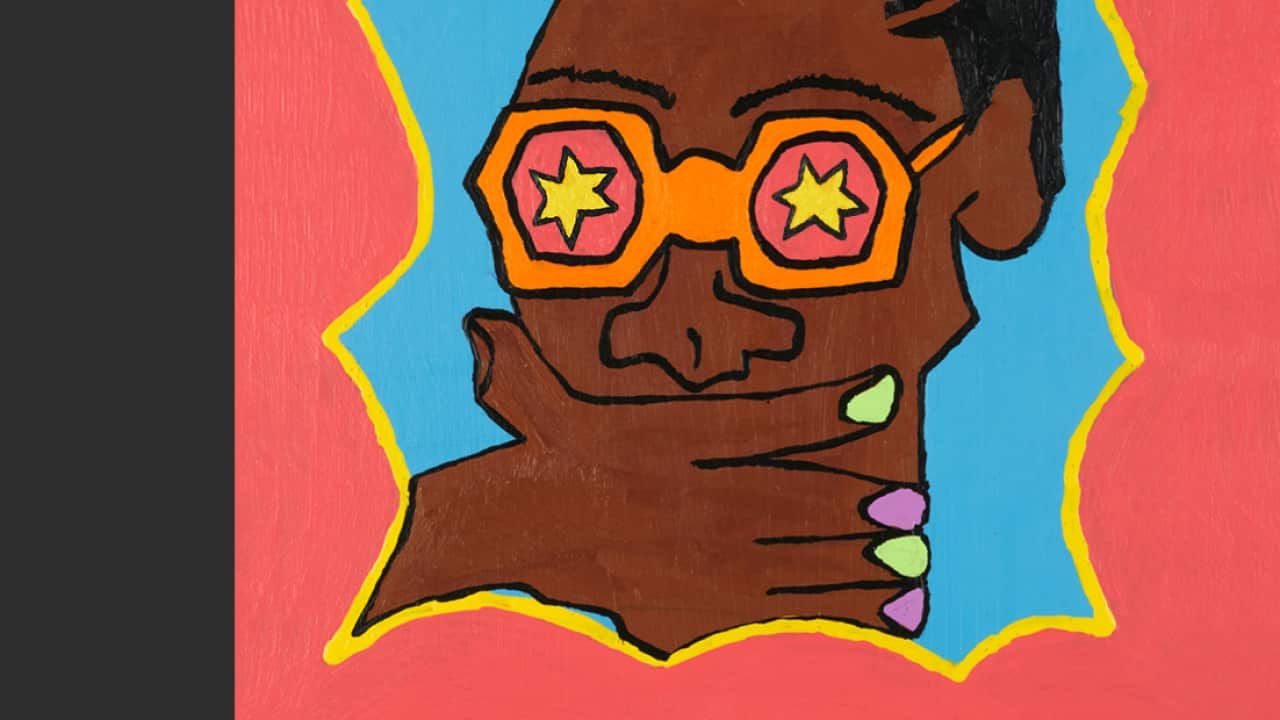Learning Highlights:
- A verb is an action word or a state of being.
- There are four major tenses in English – simple, continuous, perfect and perfect continuous.
- This lesson suits intermediate learners.
Transcript:
(Note: This is not a word-for-word transcript.)
Hi everyone, and welcome to the BAD ENGLISH MADE BETTER podcast.
Our mission is to deliver some fun tips and tricks for people learning English. It's designed for intermediate (or medium) level learners. But, if you are a beginner, please stay and listen to challenge yourself.
Everyone is welcome.
I’m Ai-Lin, your host and teacher. I’ve been helping people with their English for nearly thirty years in Australia and overseas… and I’ll be guiding you through a different lesson each episode to help us make BAD ENGLISH BETTER.
EPISODE 2: VERBS
So, let’s begin…
Every sentence in the English language has a verb, which makes verbs very important. So, what exactly is a verb?
It’s pretty simple really...
A verb is an action word or a state of being.
Let's get into some examples.
For instance, take an action like “To paint”. In a simple sentence, we can use it like this: I paint landscapes.
Then there is the state of being verbs like To be (am, are, is). Such as in the sentence: He is an artist.
Or to seem… as in: They seem interested.
The other concept that’s important with verbs is the idea of tense.
Depending on which tense we use, verbs tell us when an action happens.
So, we change verbs to make it clear if the action happened in the past, occurs in the present or will take place in the future.
Essentially, there are three time periods – past, present and future.
But, just to keep you on your toes,
There are four tenses in English – simple, continuous, perfect and perfect continuous.
It’s hard to deny there’s a lot to digest when it comes to verbs… so let's focus on some of the things that can make them tricky to learn.
Take, for example, the simple past tense. The general rule is that simple past tense verbs end with ‘–ed.’ These are ‘regular’ verbs. But as you learn more and more verbs, you realise that there are many ‘irregular’ verbs that don’t follow that rule.
Here’s an example.
Listen to this past tense sentence: "I painted landscapes when I started painting".
Both paint and start are regular verbs and end with ‘ed’
Now, have a listen to these ones:-
To fight – "He fights with his brother all the time. He fought with his brother yesterday".
To fight is an irregular verb.
So you might think it would go something like this: fight – fought, bite – bought, light – lought
But no… that would be too simple. It’s actually… bite – bit, light – lit.
Okay, now it’s your turn to test your grammar skills…
What’s the past tense of these verbs?
- sink - sank
- break - broke
- draw - drew
- let - let
Thankfully, there are irregular verb lists in English textbooks and grammar books and, of course, online.
I recommend learning irregular verbs by learning the three different versions:
- infinitive
- past
- past participle
Take a listen to these:
- Bite – bit – bitten
- know - knew - known
- come - came - come
- Sink – sank - sunk
When you learn a verb like this, you know the past form, and you can make that verb into the ‘perfect’ tense like this:
- Eat – ate – eaten
The teacher has eaten the apple. Yum!
Thanks for listening to BAD ENGLISH MADE BETTER.
I’m your host and teacher Ai-Lin Bhugun. Catch you next time.
Credits:
Host: Ai-lin Bhugun
Voices: Dory Wang, Luke James
Producer: Ian Walker - Ear Candy Media














